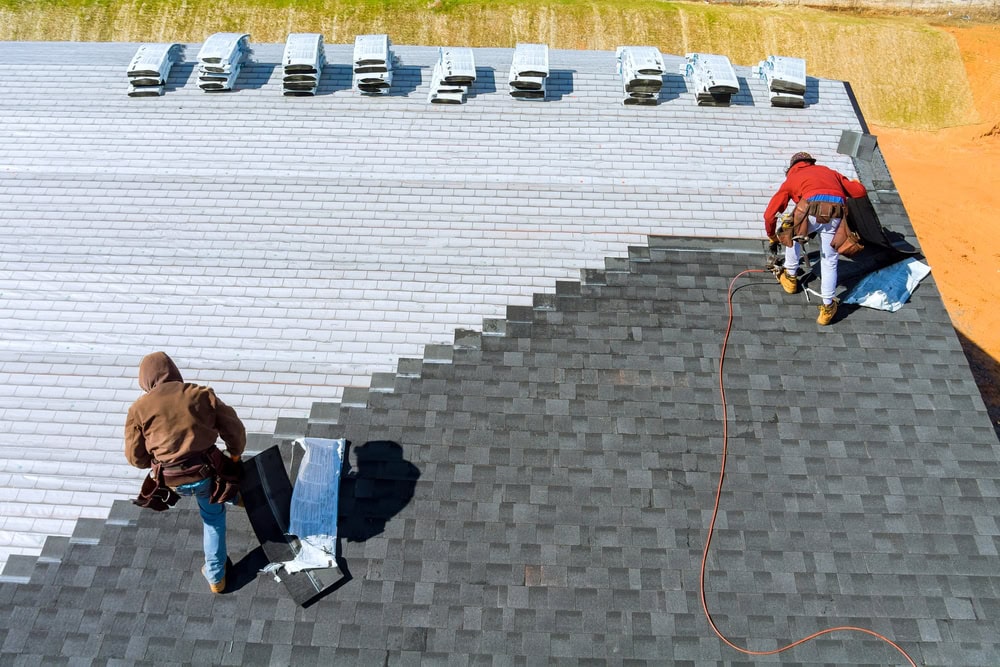What Happens Behind the Scenes When CSLB Scores Your Exam
Here’s a well-structured and engaging draft for your blog post on how the CSLB scores contractor exams, written from the perspective of an experienced California contractor school. What Happens Behind the Scenes When CSLB Scores Your Exam If you’ve ever walked out of the CSLB testing center wondering what happens to your exam afterward, you’re … Read more










